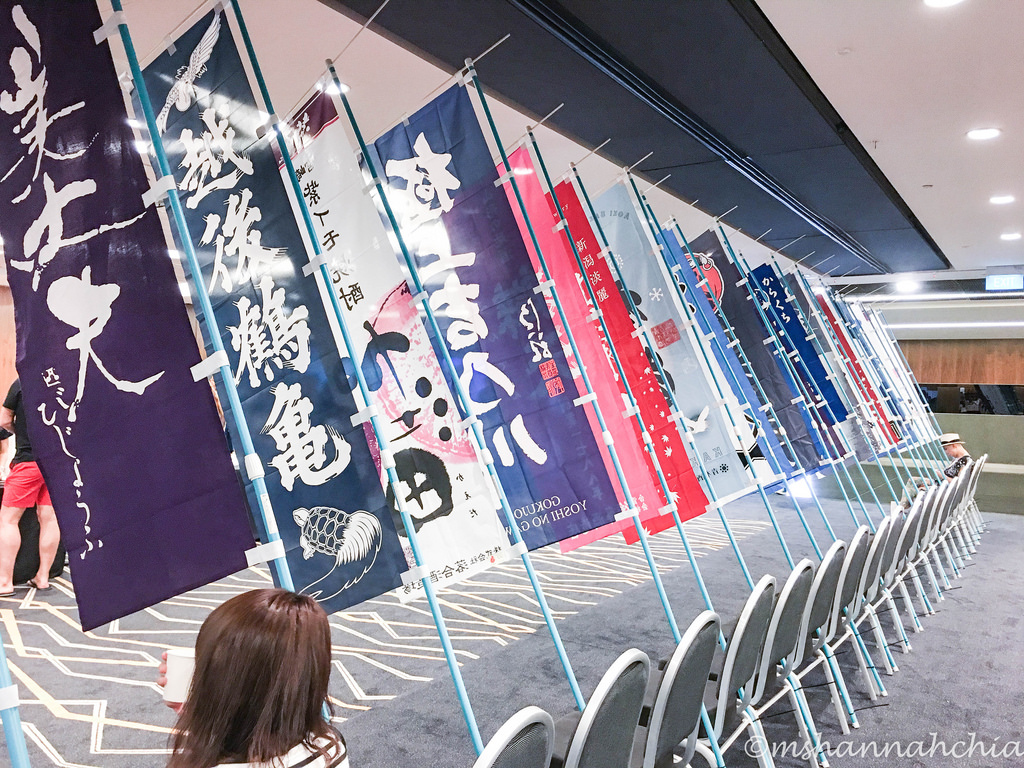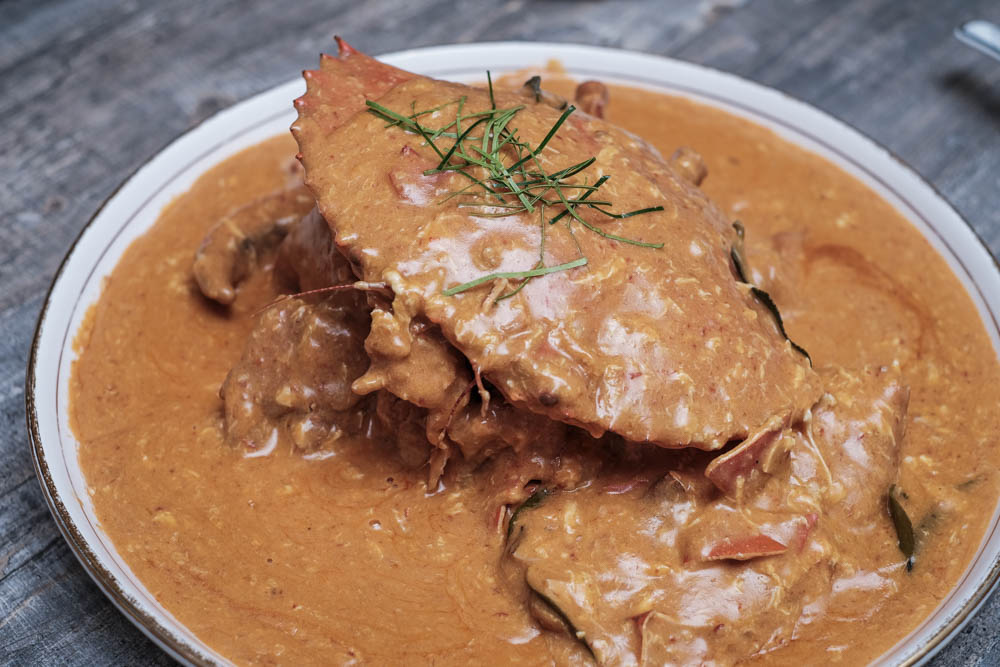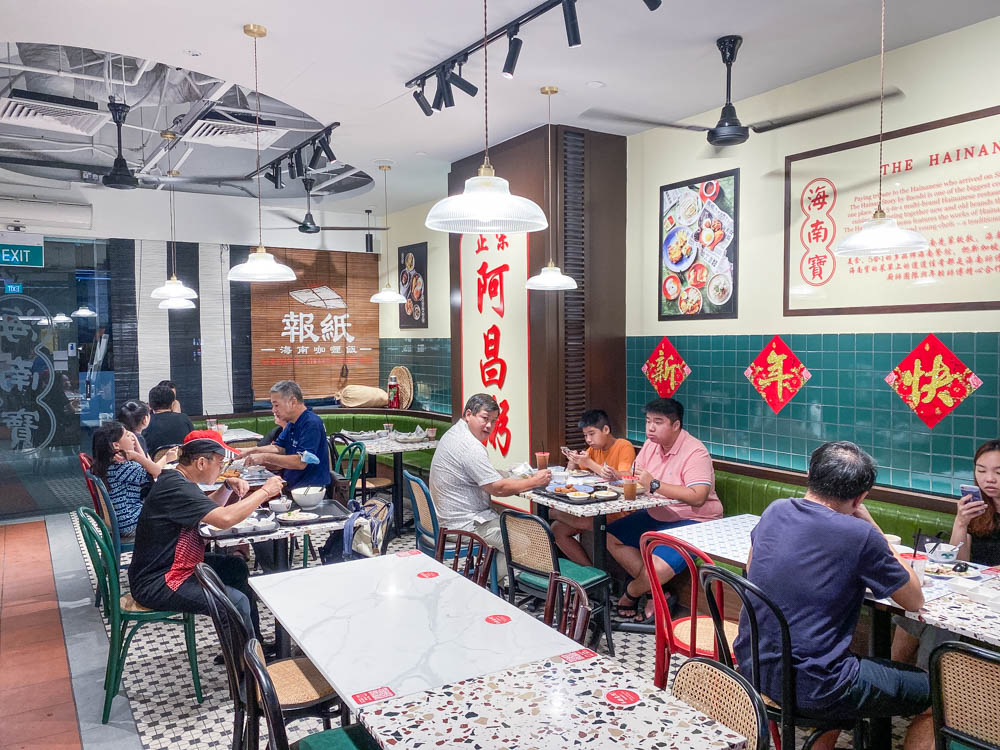The long weekend in June saw thousands of Sake lovers congregating at the Suntec Conventional Centre to almost 300 different Sake labels specially flown in from Japan and curated by Singapore based sake bar Orihara Shoten. Sake Professionals, Sommeliers and even Sake Brewers were on sight to provide useful tips to attendees of the event.

It was here that I learned the difference between the two.
Junmai Ginjo : Sake made up of water, koji mold, yeast and rice milled 40% with 60% of each grain remaining.
Daiginjo : Sake made up of rice, water, koji mold, yeast and a portion of distilled alcohol, and the rice is milled 50% with 50% of each grain remaining.

By the time I made my second round, I was already in high spirits. It was however during this time I discovered some treasured Sakes.
Founded in 1548, Yoshinogawa is the oldest Sake brewer from Niigata prefecture, undisputedly the best producer of Kurabito Saibaimai or brewer’s rice. What makes it more special is that the brewers are the same farmers that grow the rice during the summer sowing season.
Melted snow water from the Nagaoka Eastern Mountain Range gave the Sake a natural sweetness, smoothness and mineral complexity, accents that are hard to emulate elsewhere.
Made with a centuries old superior brewing method with top notch ingredients and yet the range of Yoshinogawas is surprisingly positioned at an accessible price range.

Besides having the honour to try the oldest Sake Brewer here in Singapore, others like me were also introduced to limited edition bottles and treated with rare seasonal Sakes, which opened my horizon to a different world.

I am looking forward to the 2018 edition and more Sakes to be sampled.
By Stan, recent Taiwanese transplant to Singapore. Banker and Men’s Lifestyle.














